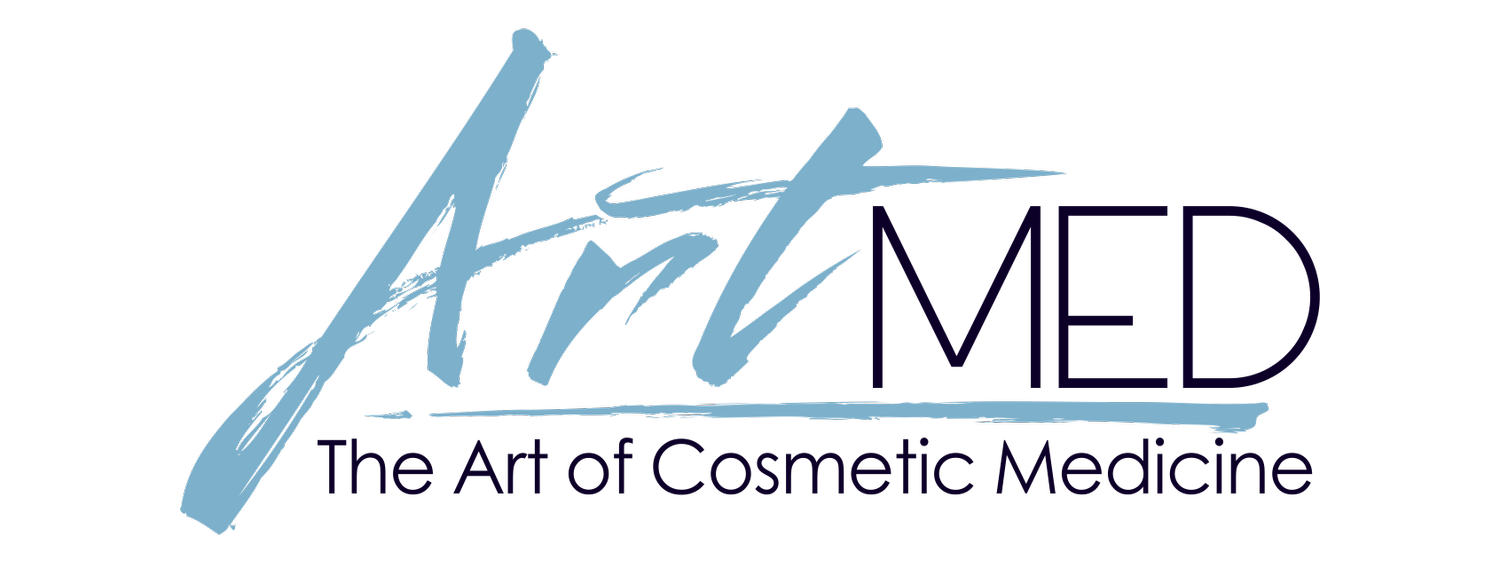Everything you need to know about microneedling skin treatments
There are many types of skin treatments in medical aesthetics including facials, peels, laser/light treatments as well as energy-based treatments (radiofrequency and ultrasound for example).
But one of the earliest skin treatments to be used to treat scars, wrinkles, birthmarks and pigmentation is microneedling.
In 1905, German dermatologist Ernst Kromayer discovered that by using rotating electric wheels and rasps he could treat or improve the appearance of skin lesions. Nearly 100 years later, a Canadian doctor named Des Fernandes pioneered a needling technique that employed tattoo needles to treat scars.
Today’s devices employ rotating titanium microneedles that puncture the skin to a fixed depth at a very high speed. Thousands of micro-punctures stimulate a wound healing response that leads to collagen formation and remodelling of the skin. Microneedling is one of the safest and easiest techniques for treating skin irregularities including scars, stretch marks, wrinkles and other surface irregularities.
Microneedling has the added benefit of opening up micro-channels in the skin which allow topically applied products to be rapidly and deeply absorbed. Topicals that can be used immediately after microneedling include:
Exosomes – growth factors to rev up the wound healing response and boost results
Hyaluronic acid – an extremely hydrating sugar solution that plumps the skin
Anti-oxidants and peptides – proprietary pharmaceutical agents to boost skin renewal
Neuroxtoxin such as Botox (eg. Glass Facial)– to reduce oiliness and redness in the skin
PRP – platelet rich plasma which is the body’s natural growth factor to boost results (also known as the ‘Vampire Facial’)
The recovery from microneedling is quite short because the treatment does not involve heat. With lasers and RF treatments heat is deposited in the skin which slows healing.
Heat can cause a hyperpigmentation reaction in some individuals. Tanning further increases the risk which is why laser/RF treatments are discouraged in the summer when heat and sun exposure are already a factor. By contrast, microneedling is very safe in the summer and safe for those prone to pigmenting.
Microneedling is typically less expensive that laser/RF because it is relatively simple technology versus a very expensive high-tech laser. Treatments are relatively quick and with topical numbing virtually painless. Microneedling is commonly used for the face, neck, chest and for scars/marks on the body.
The only people who should avoid microneedling are pregnant/nursing mothers and this is because topical numbing products should be avoided during pregnancy/nursing.
Typically, microneedling treatments are done in a series 3 or more treatments depending on the severity of the condition being addressed. For those with scars, treating the scar sooner than later is recommended because younger scars are easier to remodel (less than 3 years old). Nonetheless, even old scars can be improved with microneedling.
Some individuals attempt microneedling at home using a derma-roller or derma-stamp. These home-use devices can be slightly effective if used regularly.
However, in general the punctures tend to be too shallow and too few in number to noticeably improve the skin. Home use devices also tend to pull or tug at the skin which should be avoided. Sterility of the device can be an issue as well.
It’s recommended to attend a medical aesthetics clinic where practitioners employ prescription strength topical numbing agents which allow for comfortable treatment even when microneedling is fairly dense and deep. Professional in-clinic dermapen microneedling is much safer, cleaner and more effective.
If you’re thinking of just dipping your toe into the pond of medical aesthetic treatments, microneedling may be a great option to consider.


